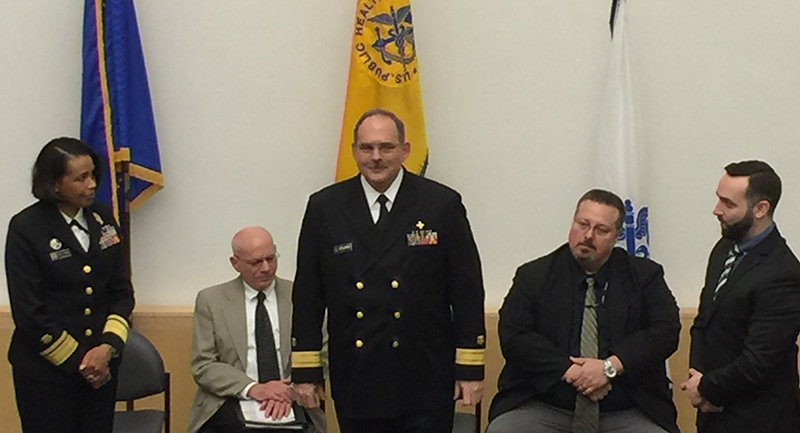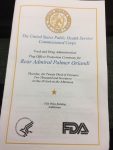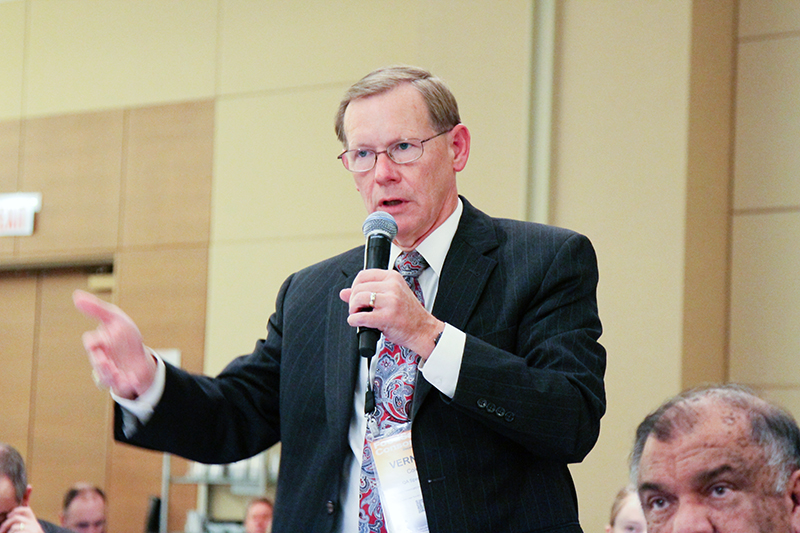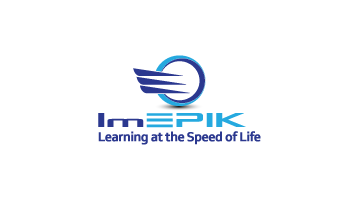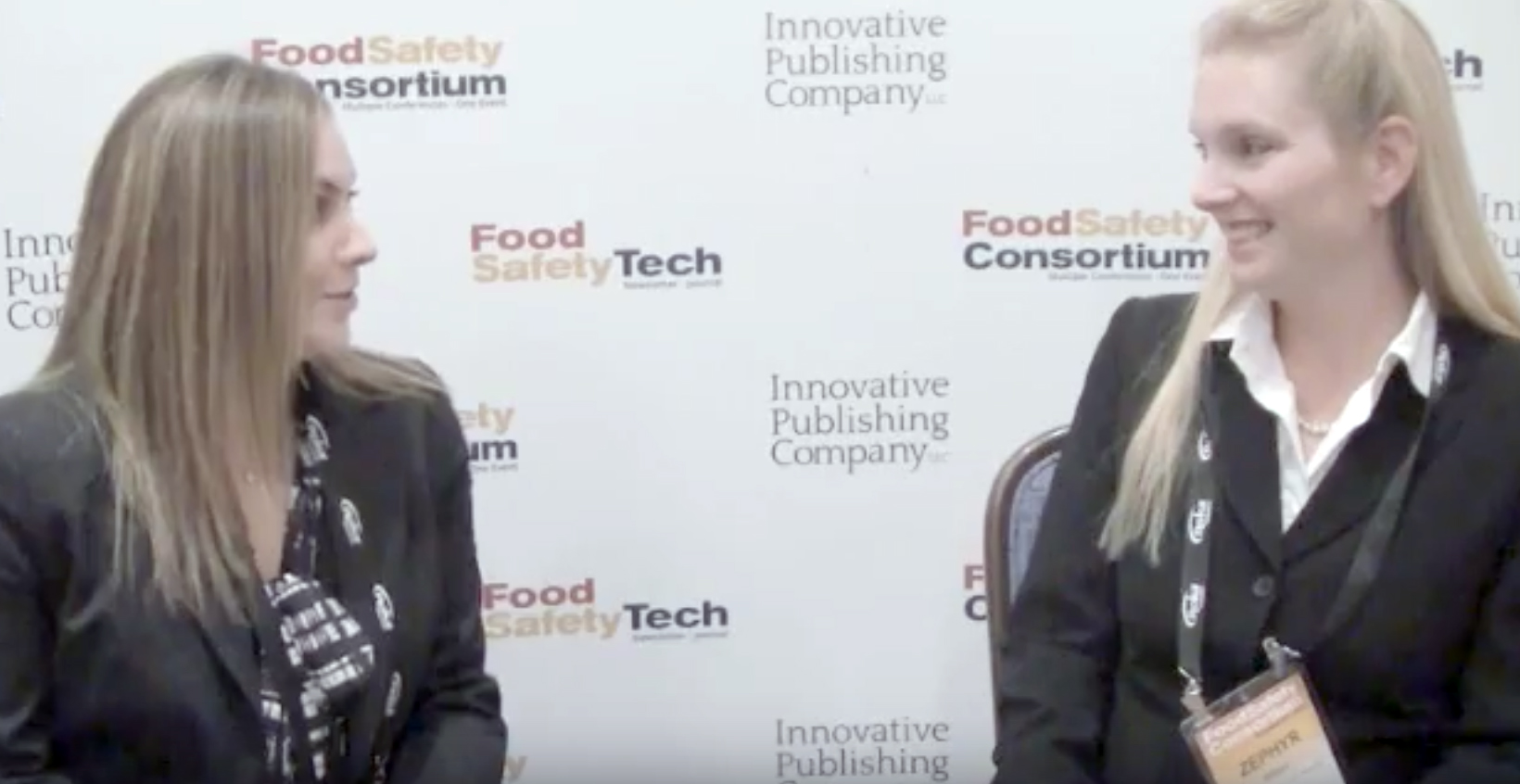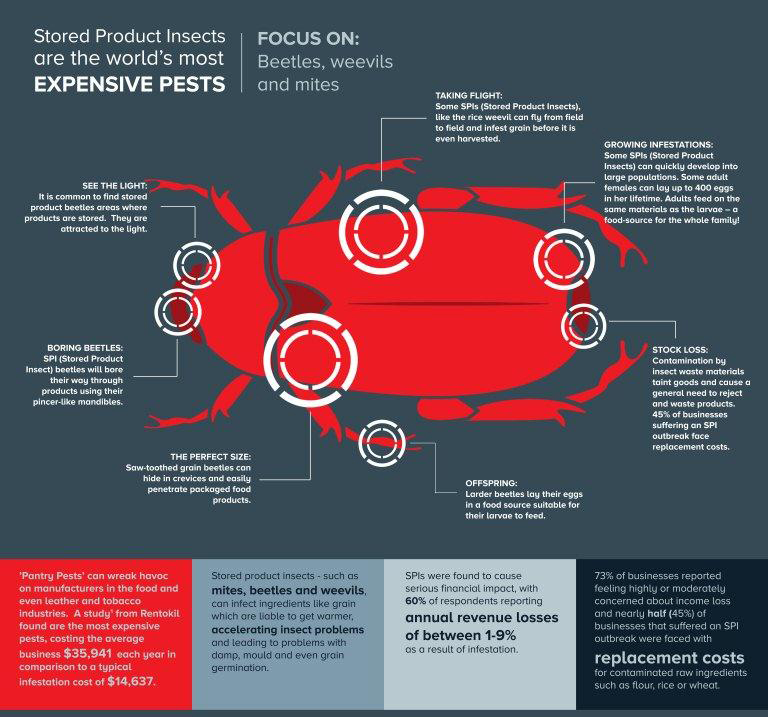Recently the Grocery Manufacturers Association (GMA) and the Food Marketing Institute (FMI) announced an initiative to reduce the amount of confusion that consumers experience regarding the “sell by”, “use by” and other date-specific labeling on food packaging. It is also part of an effort to reduce food waste.
The new initiative is completely voluntary, but GMA and FMI are hoping that retailers and manufacturers adopt the standard by the summer of 2018. It streamlines the labeling terminology to two simple phrases:
- “BEST If Used By”. Describes product quality, indicating the date by which the product may not taste or perform as expected but it is still safe to consume
- “USE By”. Applies to highly perishable products and/or products that have a food safety concern over a period of time that warrants a date by which the products should either be consumed or discarded
A variety of factors well beyond “sell by”/”use by” dates contribute to consumer confusion. The following Q&A is a brief discussion with Dagan Xavier, co-founder and vice president, customer intelligence at Label Insight on the impact of incorrectly labeling products (erosion of brand trust) and the challenge food companies face in providing transparent information on their products.
Food Safety Tech: How is the demand for transparency both from consumers and regulators changing the food product labeling landscape?

Dagan Xavier: Transparency sounds easy, but in reality, it is complex. For companies, managing compliance and consumer demands is not cut and dry.
Thankfully, brands and consumers are usually on the same page. But there are times when it’s not the case—and that causes trust issues. For one, brands need to use specific, compliant wording. That wording can sometimes be more complex than a preferred consumer-friendly phrasing. For example, USDA’s proposed labeling of GM-containing products refers to them as “genetically engineered.” Except, consumers are far more familiar with the term “genetically modified.”
Regardless of these nuances, regulations around transparency are in place to help consumers. The regulations set clear definitions about what products or ingredients can or cannot qualify for a labeling claim.
We currently live at a time where there is a general distrust of the food industry from consumers. Having strict regulations in place that add factual meaning behind claims is incredibly important. Meaningful and understandable claims, logos, and certifications are slowly beginning to help build trust back up from consumers.
FST: What challenges are food companies facing in labeling their products?
Xavier: One of the biggest hurdles companies face in labeling is fitting as much information as possible on the package. Between mandatory components (like allergens, nutrients, ingredients) and desired content (marketing copy and images), something almost always gets left off. What gets left off? It tends to be sourcing facts, “Made in America” logos, and other data that consumers find valuable but rank lower on a brand’s priority list.
In reality, 100% complete product information is nearly impossible to fit within the confined space of most product packaging.
The good news is that according to a recent study by Label Insight, most consumers (88%) say they would be interested in accessing a complete set of product information digitally.
SmartLabel (an initiative by the Grocery Manufacturers Association) is an easy solution. SmartLabels save companies space on their packaging, while still allowing them to communicate all product information with consumers digitally.
Most consumers (79%) say they are very likely or somewhat likely to use SmartLabel technology if it was offered by a brand. 44% say they would trust a brand more if it participated in the GMA SmartLabel initiative.
FST: Related to labeling, what are the complicating factors when a company is producing organic, GMO-free, gluten free, etc.—especially when working with suppliers?
Xavier: Having a trusting relationship and open communication with suppliers is key.
Because regulations around organic and gluten-free are so stringent here in the United States, brands need to rely on their suppliers to have ongoing robust certification audits, inspections, documentation and renewal programs.
We expect regulations around GMO-containing products to follow suit.
For companies with dozens of suppliers, it can get tricky managing the documentation of certifications. This is especially complicated if suppliers are overseas and their audits are not delivered through the same certifying agencies that retailers or importers would like.
Adding logos and certifications to packages can be expensive and add risk to brands if a supplier falls out of compliance. In the end, it is important for both brands and suppliers to have robust documentation and a good communication channel. This ensures that all information on-pack is always the most accurate information for consumers and retailers.



